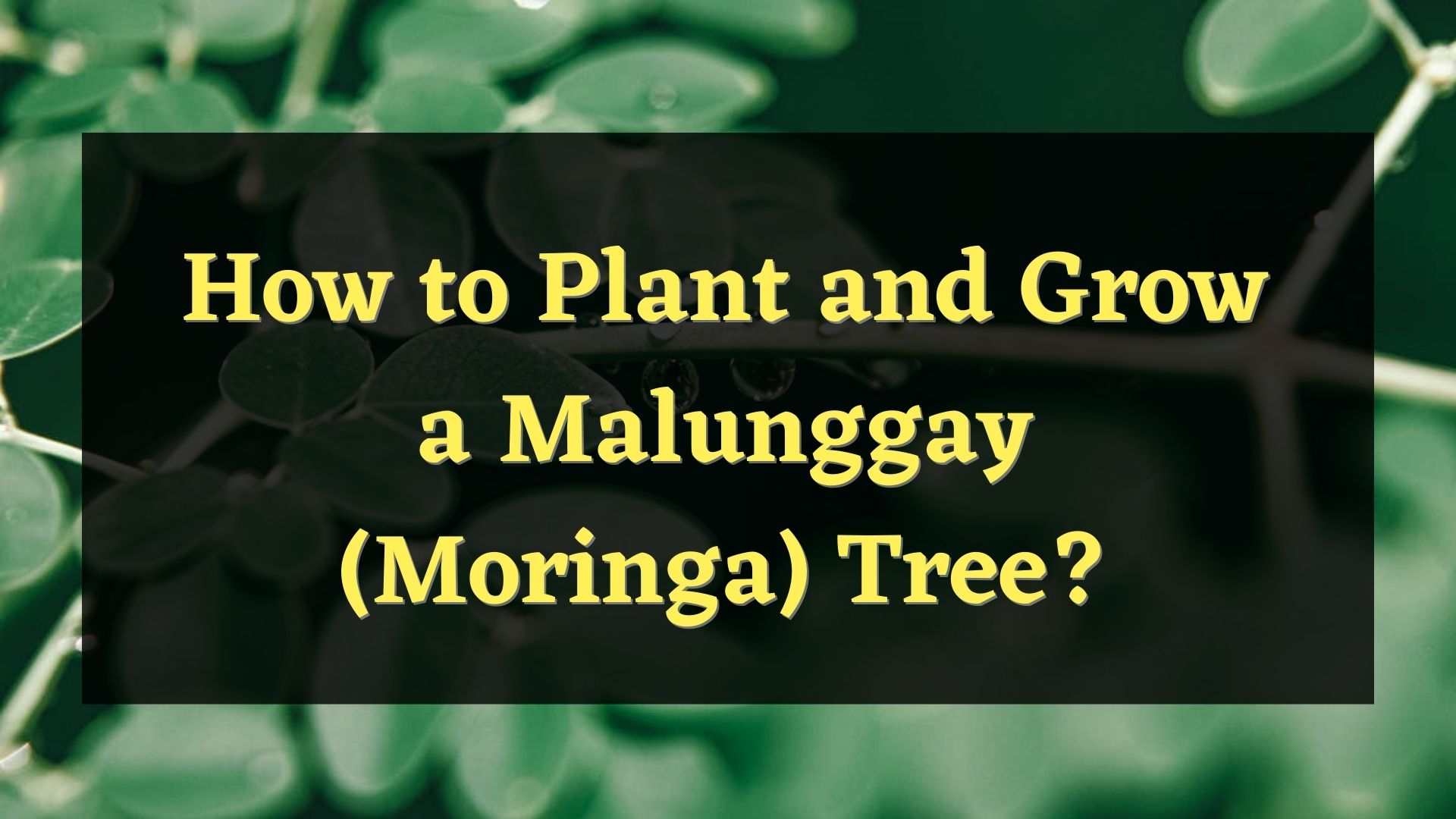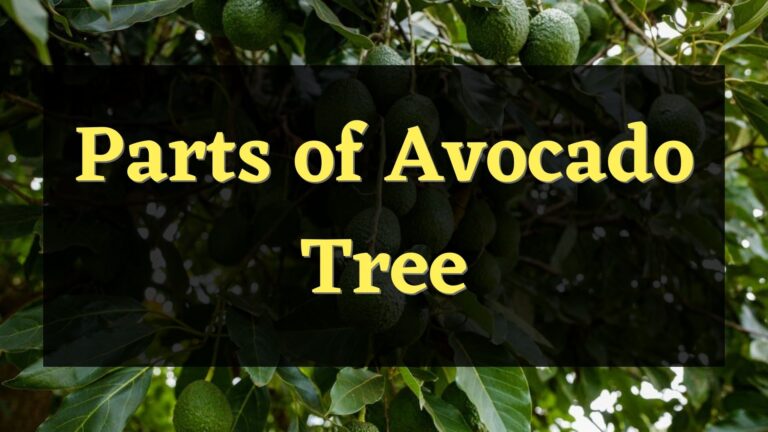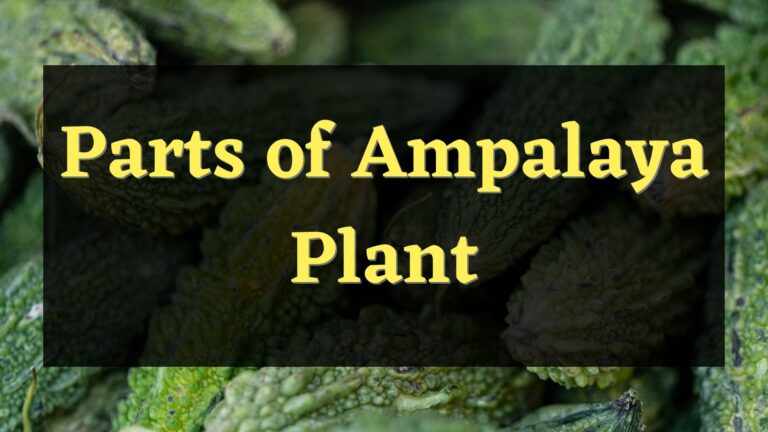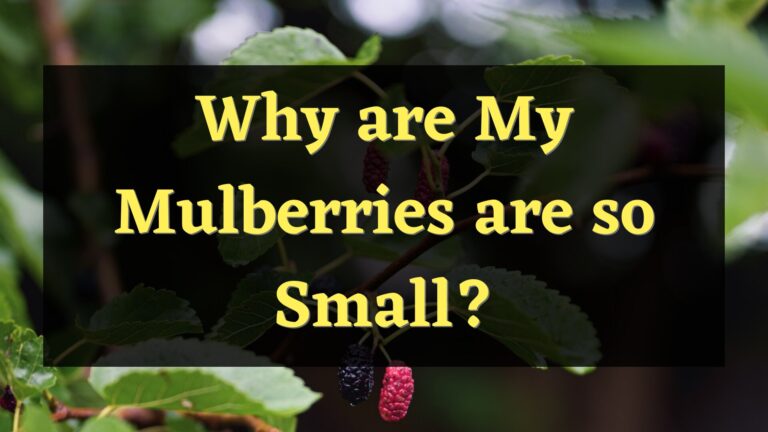Are you a gardener who is planning to plant and grow a malunggay tree and doesn’t know how to start? Or you already have a malunggay plant that isn’t growing really well and you don’t know what to do with it. Well, this article is for you! In this blog post, I will tackle everything you need to know about growing a malunggay tree.
Two ways to Grow Malunggay Tree
Growing Malunggay from Seeds
Obtain a Malunggay Seed
A malunggay tree produces a pod that contains a lot of seeds from the inside. These seeds are used to grow a new malunggay tree. Open the pod and take out the seeds from the inside.
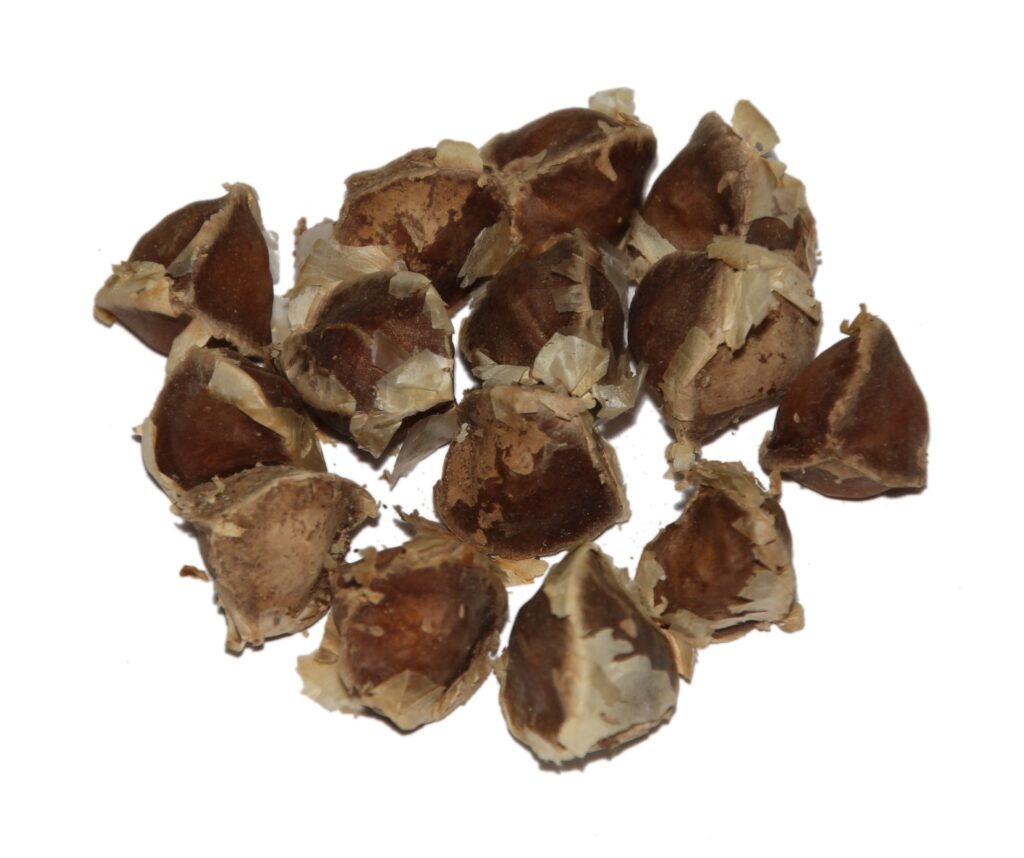
Germinating Stage
The best and fastest way to start growing a malunggay plant from its seed is to soak them in water for approximately 24 hours. This process enhances the germination of the seed so that it will sprout a lot more quicker. After 24 hours, you will need to wrap them and store them in a vessel that isn’t reached by sunlight.
Seedling Stage
Between 4-12 days, the seed will start to sprout and you can also start to take them out of the vessel where you put them and start transferring them to a small pot or in an open field. It is important to choose light and sandy soil where water doesn’t clog.
Sapling Stage
After a month or so, the seedling will start growing into a young tree. This is the time when you can start to transfer the sapling into an open field as it can already withstand a harsher environment and doesn’t need a lot of sophisticated care.
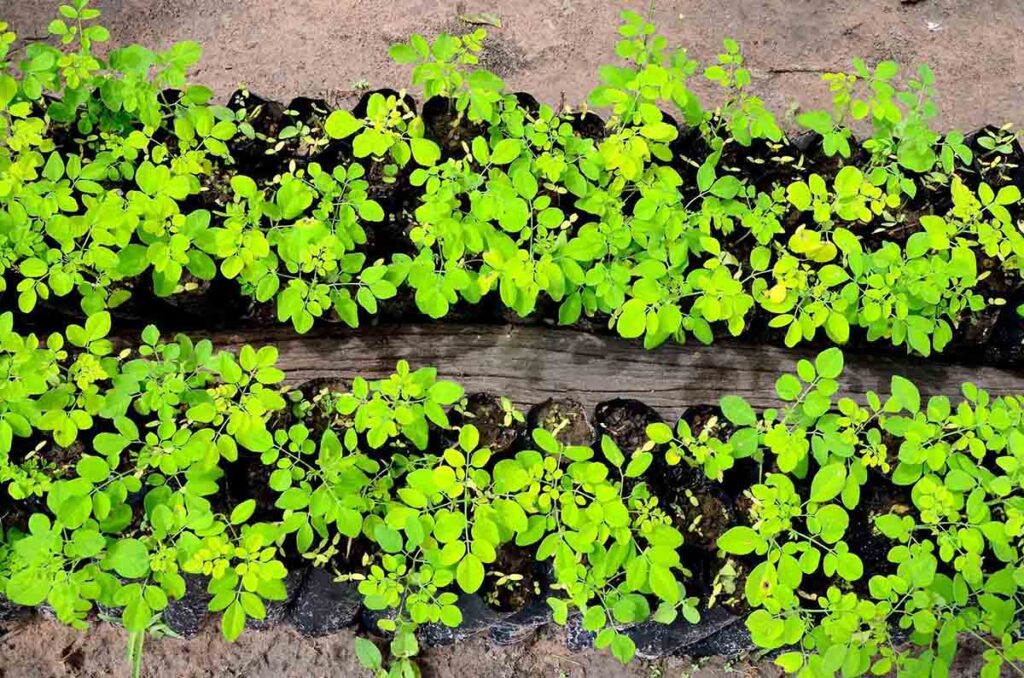
Dig a hole that is 30 cm in diameter and 30 cm deep, and fill the hole with the soil that is mixed with a little bit of sand and manure as it will enhance the tree’s growth. Keep the soil moist every single day but also keep in mind to not let the water clog under the malunggay tree’s roots.
Malunggay trees are very susceptible to drowning and their roots can easily rot from the water. Malunggay thrives under the sun as this plant loves heat. Therefore, it is highly recommended to plant them somewhere they would receive enough sunlight.
Growing Malunggay from Seeds
Obtain a Cutting from a Malunggay Tree
The second way is a lot faster than the first one as you will only have to cut a branch of an adult malunggay plant to grow a new one. This is much quicker than waiting for the seed to germinate which will take days.
The optimum size of a branch that you have to get is at least 2.5 centimeters in diameter and at least 1.6 meters long.
Plant the Cutting
You will need to dig a hole that is at least 1 meter deep to plant the cutting. It is advisable to cover the cutting firmly with a mixture of soil, composted manure, and a little bit of sand to form a dome-like shape around it.
Because it is crucial to avoid having water touch the cutting whenever you are watering the malunggay tree When watering, you must water the cutting generously while keeping in mind to not drown it.
Adult Stage
An adult malunggay tree doesn’t need much care when it’s starting to grow as long as it gets enough sunlight and an exact amount of water. Initially, when the cutting is still small and only has a few leaves in it, you are required to water it daily. But when it reaches about three to five inches, you can start watering them two or even one time a week.
Note: It is very important to plant malunggay trees where they can receive enough sunlight as the malunggay thrives when exposed directly to the sun. It needs to be constantly exposed to sunlight for six to seven hours a day for it to be able to have the optimum growth it can have.
Can I grow a malunggay from a pot?
A malunggay tree can be propagated either from a seed or a cutting. And it also has a lot of flexibility on how it can be planted. You can grow a malunggay tree either indoors or outdoors. Indoor, you can grow them by putting them in a pot by constantly pruning them properly and at the correct timing. This makes the malunggay produce only healthy leaves and keeps them from growing too tall. Growing them indoors in a pot is relatively Easy. The only hassle is the constant need of pruning the leaves as the tree can get fairly tall.
When put in an indoor pot, the malunggay tree can’t grow as tall as the ones that are put in an open area where the roots are free to bury themselves deep in the ground. Whereas when in a pot, the malunggay tree root’s freedom to grow is limited to how big the pot it was put in.
When put in biodegradable plant pots, the malunggay tree can assume its optimum growth as its roots can break the pot when it is strong enough and can freely grow its roots deep under the soil. This allows the malunggay tree to grow to the same heights as the ones that are directly planted in open soil.
FAQs
How many times should I water malunggay?
When still a seed, you are required to water them every single day until a seedling emerges and to a point where you can begin watering them every other day. Once they grow at least 18 inches tall, you can begin to water them one or two times a week. And in this stage of the plant, it can independently survive on its own as long as it rains at least once a week
Where is the best place to plant malunggay?
As a malunggay tree does need a lot of water but also doesn’t like being drowned in water, the best place to plant them is within the right amount of distance near a drainage channel where its roots can freely reach the water but not directly stand on top of it. If your garden doesn’t have a drainage channel nearby, you can just dig for a small one.
And if you don’t have a big area to plant a malunggay tree, you can place your malunggay saplings in a pot or a container as long as it has the right amount of soil and sunlight. A malunggay tree can grow healthy.
Does malunggay need sunlight?
As a subtropical kind of plant, a malunggay tree loves sunlight! The tree thrives much better when it is exposed to sunlight. The malunggay tree requires a minimum of six hours of direct sunlight every single day. In most cases, malunggay trees that are exposed to sunlight grow much taller and sprout more trees than the ones that lacked sunlight or those that aren’t directly exposed to it.
What type of soil does malunggay grow best?
Although the malunggay tree isn’t that picky about the soil where it’s planted and can grow from about anywhere as long as it receives enough sunlight.
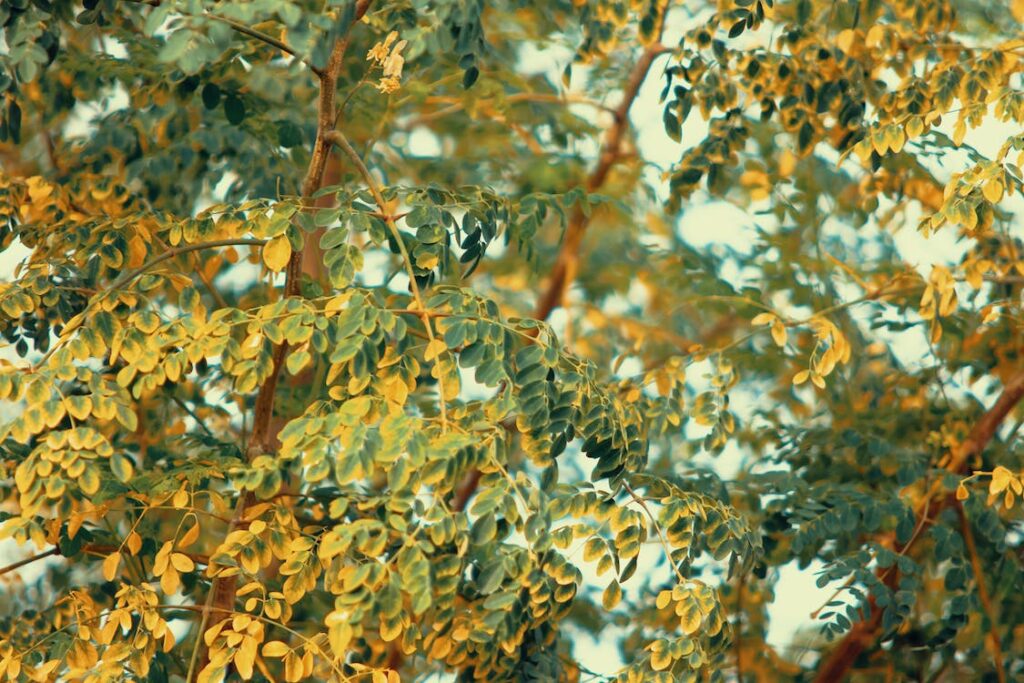
The best place to plant a malunggay tree is in loam soils. Malunggay trees prefer well-drained, sandy, or loam soils to have optimum growth. However, the malunggay tree can even grow on clay soils as long as its roots are not clogged with water.
How long does it take for malunggay to grow?
Malunggay trees grow very fast from cutting and even from seedlings. Even in poor soil, they can grow just as quickly and can bloom eight months after planting. In its first year, the malunggay tree can reach 3 meters if taken care of really well. To further enhance or boost its growth, you must remember to keep the tree’s soil constantly moist but not completely wet as it is very sensitive to overwatering.
Conclusion
The malunggay trees aren’t picky about the type of soil they are in. Albeit it has a preferable soil to be planted on, it can survive in almost any type of soil that they are put in; loam, sandy, rocky, and even clay soils. They also grow very fast and can bloom really quickly.
A malunggay tree is very easy to grow because it doesn’t need much care to become a healthy tree. If put in an open space, it can almost independently grow on its own. Adult malunggay plants don’t need to be taken care of as much as when they were young. They can survive on their own with the assistance of nature and don’t require much water. As long as it rains even once a week, you won’t need to water your malunggay tree. And it loves sunlight, so protecting or shading it isn’t actually needed.
It is also fairly easy to get malunggay seedlings because an adult tree has many branches that are in need of pruning. It also constantly produces a pod that contains many seeds inside it.
Meet Tomas Clayton, a seasoned plant gardener who has been passionate about horticulture since he was a child. Tomas John developed a love for the natural world and a strong appreciation for the beauty of plants while growing up on a farm.

